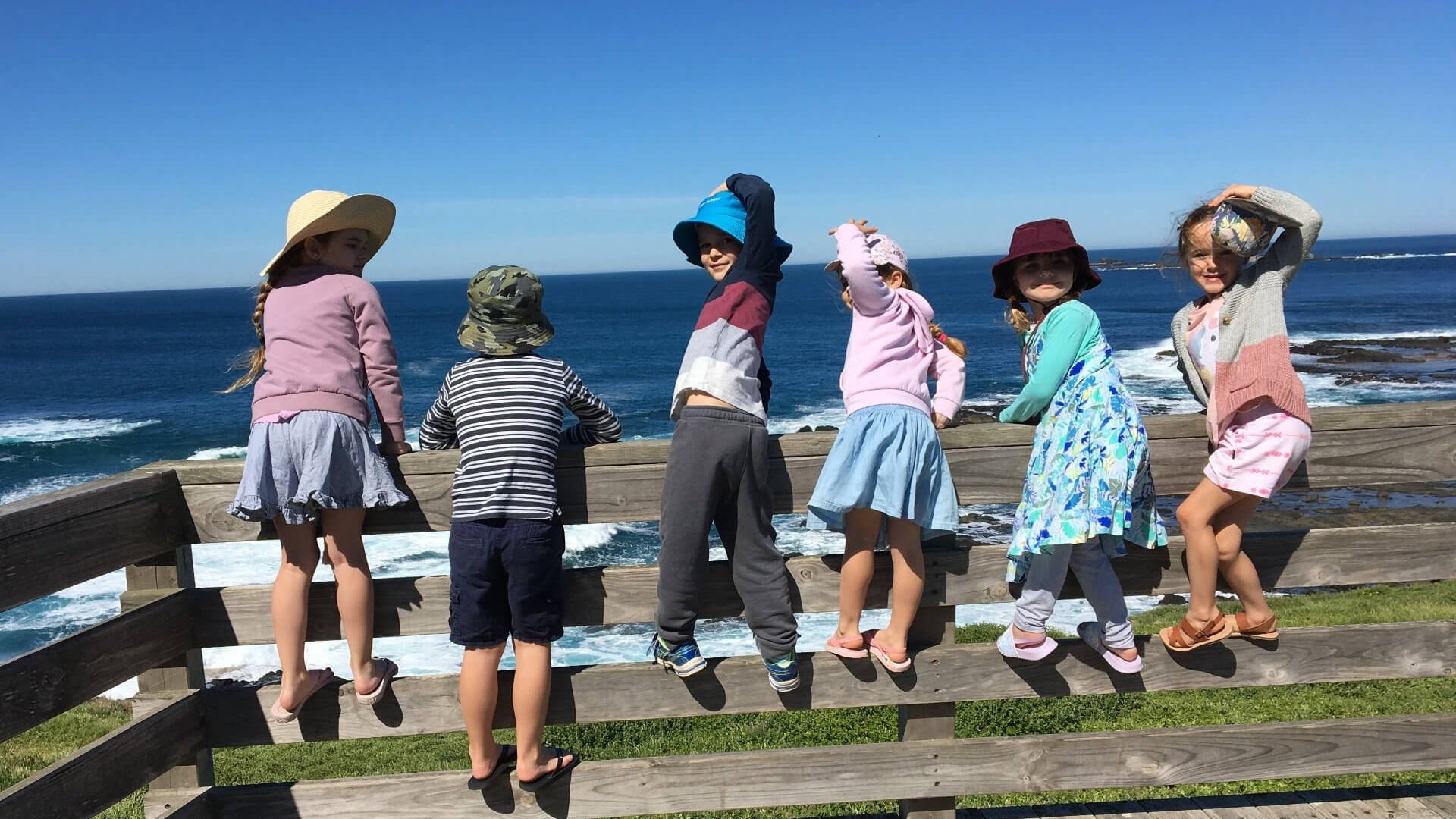
Gifted Children
We stretch and grow children every day and adapt learning to match their level.
Gifted children with a capacity for talent, creativity and innovation are nurtured and celebrated at Village School. Educating gifted children is a pleasure and a privilege for our teachers, who are able to adapt learning experiences to stimulate and challenge students and hone their abilities.
Characteristics of gifted children
Gifted children are varied and unique, and so it is not always easy to identify them. Various models have been developed over the years to help schools recognise gifted and talented students, so that they can meet their needs.
We use the Renzulli model of giftedness when working with gifted children, which includes three basic human traits that gifted children possess and can apply:
Above-average general ability
High levels of creativity
High levels of task commitment
There are some traits and behaviour patterns that parents and teachers may notice in a gifted child:
Curiosity – A thirst for knowledge, asking lots of questions, beyond the basics
Unconventional – A unique way of going about things, focusing on one aspect, taking an alternative route, going off on tangents
Vocabulary – Understand and use more words than their peers, avid readers, pick up language and words quickly, prefer adult conversation
Originality – An original thinker, abstract ideas, a wild imagination, complex creative work
Self-teaching – Learn to read before school, advanced cognitive reasoning & logic, good memory, learn quickly, easily bored
Sensitive – Very tuned into the environment, excellent concentration, can become hyper-focused, develop through stimulation
Strong feelings – Quite opinionated, more aware of others’ feelings and opinions, quite emotional, very self-aware, introverted, feel like an outsider
Being “gifted” is a broad concept that covers many abilities, and these gifts need nurturing to turn them into talents and achievements.
Gifted children in school
Gifted children have the potential to develop extraordinary talents and go on to create and achieve amazing things, but do not always receive what they need from school. Some gifted children may sometimes struggle with conventional schooling because they become bored, are not stimulated appropriately, or when they are gifted in one area but not in others.
In many cases, there is a mismatch between the needs of a gifted child and the teaching style of schools. To succeed at school, gifted children need to be stimulated, challenged and supported to make the most of their gifts. Their learning needs to be customised, organised differently and respectful while including content that is rich, relevant and at a higher degree of difficulty.
Our programs for gifted children
Village School is especially suited to gifted children due to our flexible approach to the curriculum and personalised learning strategies, along with the freedoms and responsibilities we give to our students.
We start by assuming that each child, regardless of ability, comes to school each day to grow and be stretched.
We then measure progress relative to each child, rather than in competition with others.
We approach each topic with a solid understanding of the key concepts and principles, which allows us to take it in many varied directions to suit each child’s level of curiosity and desire to explore further.
And we see each child’s learning path as a constantly moving journey, not a series of stages, so that each child is always moving forward in their education, and is never waiting around for others to catch up.
In order to help gifted children develop their talents, here are some strategies that we use at Village School:
Encouraging questions and exploration of ideas, in both structured and unstructured ways
Allowing children to learn on the topics that most interest them
Creating open-ended activities that allow students to make learning their own
Adjusting learning tasks for each child to suit their current level and abilities, regardless of age
Supporting the development of social and emotional skills, as well as academic skills
Creating a safe space for taking risks, being challenged, making mistakes and continuing to learn and grow
Open-ended tasks that offer students different possible outcomes e.g. Develop a board game that helps us practice a maths concept, using a die, a spinner or something else you’ve invented
Always having a self-initiated task as part of the weekly program, which suits children with specific talents so that they can choose how much they do and also what type of activity they do
Brainstorming with the class to come up with the study theme for the next term. Allowing children to ‘drive ‘ their own learning in this way, empowers them and results are more likely to be successful and meaningful learning experiences
Examples of activities for gifted children
To help you gain a better appreciation of just how well our school suits gifted children, here are some examples of gifted children we have taught in the past and how they have flourished at Village School.
Student names have been changed to protect their privacy.
-
Alice is a good example of a student who spent her whole primary school years at Village School and was therefore very accustomed to being self directed and responsible for her own learning.
During a theme on the Eureka Stockade she elected to study Peter Lalor. During her project she started mentioning that she’d been doing a lot of research about the whole event because it captured her imagination. She decided that the only reason she was learning about Peter Lalor was because he’d been a politician and was therefore well known.
She named another personality she’d learnt about, and she made the judgement that this man had actually done more for the Eureka project than Peter Lalor had, so she announced she was starting a second project on this man, so she could make a comparison between the two.
Alice went on to win a scholarship for her secondary schooling purely on the strength of her interview with her new principal.
-
Janey and Kaz started in preps together and even at that stage they showed abilities above their age expectations.
Janey could read anything and her first project which she did in year 1 was on the Roman Gods. Her friend Kaz was more outgoing and sociable and was always showing her leadership skills.
By the time they reached upper primary, the parents started thinking about secondary schools in the area, but the girls had other ideas. They chose a segregated girls’ school which was also a Catholic school, based on their own research.
They explained to their parents that they’d found out the girls achieved well in an all female environment, so their parents acquiesced and never regretted it. By the time they reached year Kaz had become head girl and Janey was head prefect for performing arts.
-
Bella was quite young when she achieved a great distinction.
The teachers were running a theme on “Wool” – and although that might sound rather humdrum, it was anything but. Apart from the sheep and farming aspect, children were using natural vegetables to dye the wool. They were spinning, crocheting and knitting and Bella showed an interest in knitting patterns.
The teachers helped her learn to follow some patterns out of an old knitting book, and she pursued this almost manically. Then she discovered a competition in a magazine to design your own knitting pattern and Bella decided she wanted to do that.
Her teachers helped her understand the concepts needed to do this, and she kept right on learning. She actually submitted her design to the magazine – something that had been virtually her whole term’s work.
She won! The magazine sent out a photographer, and featured her in the magazine and the school was given a huge quantity of wool! Bella is now a clothes designer and is based in Sydney.




